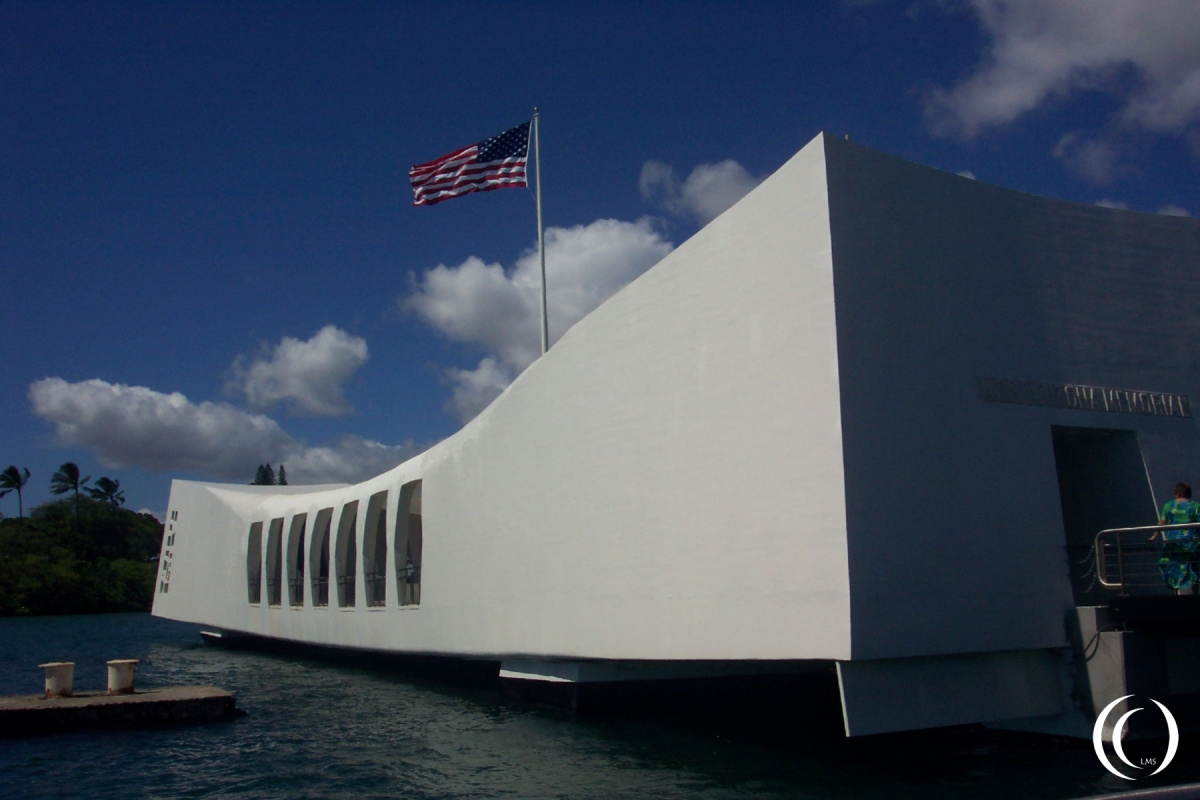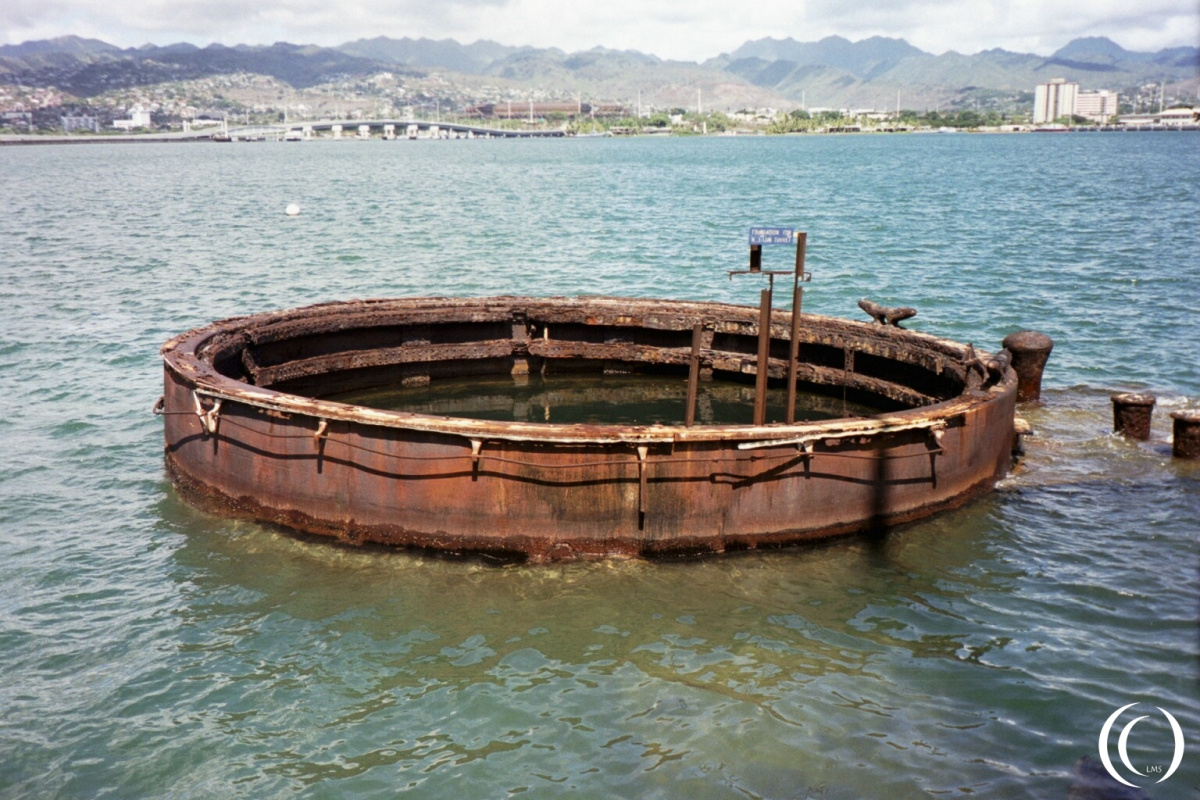
USS Arizona (BB-39) – Technical Overview
The USS Arizona (BB-39) was a Pennsylvania-class battleship of the United States Navy, commissioned in 1916 and famously sunk during the Japanese attack on Pearl Harbor on December 7, 1941. At the time of her destruction, Arizona represented one of the most powerful pre-World War II U.S. naval vessels, embodying the transition from early 20th-century dreadnought design to more modern battleship architecture.


Technically, the USS Arizona displaced approximately 31,400 tons standard and over 33,000 tons fully loaded. She measured 608 feet (185 meters) in length, with a beam of 97 feet (29.6 meters) and a draft of 29.2 feet (8.9 meters). Her propulsion system originally consisted of four Parsons steam turbines powered by 12 coal-fired Babcock & Wilcox boilers, later converted to oil-fired systems during the 1929–31 modernization. This upgrade also replaced her original lattice masts with tripods, added improved fire control systems, and enhanced her horizontal armor.
The ship’s propulsion allowed her to reach a top speed of 21 knots (39 km/h; 24 mph), with a cruising range of about 8,000 nautical miles at 10 knots. She carried a crew complement of approximately 1,500 officers and enlisted men, a figure that increased during wartime operations.

USS Arizona’s Armament
Arizona’s primary armament consisted of twelve 14-inch (356 mm)/45 caliber guns, mounted in four triple turrets—two forward and two aft. These guns could fire 1,400-pound (635 kg) armor-piercing shells up to a range of 21 miles (34 km). Secondary armament originally included twenty-two 5-inch (127 mm)/51 caliber guns for defense against destroyers and smaller vessels. During the interwar period, additional anti-aircraft weaponry was installed, including 5-inch/25 caliber AA guns and .50 caliber machine guns. However, by the time of the Pearl Harbor attack, her anti-aircraft suite was still inadequate against massed aerial assaults.
In terms of armor, Arizona featured a main belt up to 13.5 inches (343 mm) thick, turret faces up to 18 inches (457 mm), and a deck thickness of around 3.5 inches (89 mm), designed to resist plunging fire and medium-caliber shells. Her armor scheme was effective by World War I standards but was increasingly vulnerable to modern aerial bombs and torpedoes by the 1940s.


The USS Arizona met her fate on the morning of December 7, 1941, during the surprise Japanese air raid on Pearl Harbor. A bomb—believed to be a converted 16-inch naval shell—penetrated her forward magazines, triggering a catastrophic explosion that instantly destroyed the bow section, ignited a massive fire, and caused the ship to sink within minutes. Of her crew, 1,177 men were killed, making it the greatest loss of life on any U.S. warship in history during a single event.

Visit
Today, the USS Arizona remains a submerged war grave and national memorial. Her wreckage rests in the waters of Pearl Harbor, with a memorial structure built above her hull. Technically and symbolically, Arizona represents the apex of early 20th-century American battleship design and a pivotal moment in U.S. naval history. It lies near the Battleship USS Missouri, they both can be visited in one day, check out the website for opening times and more information.